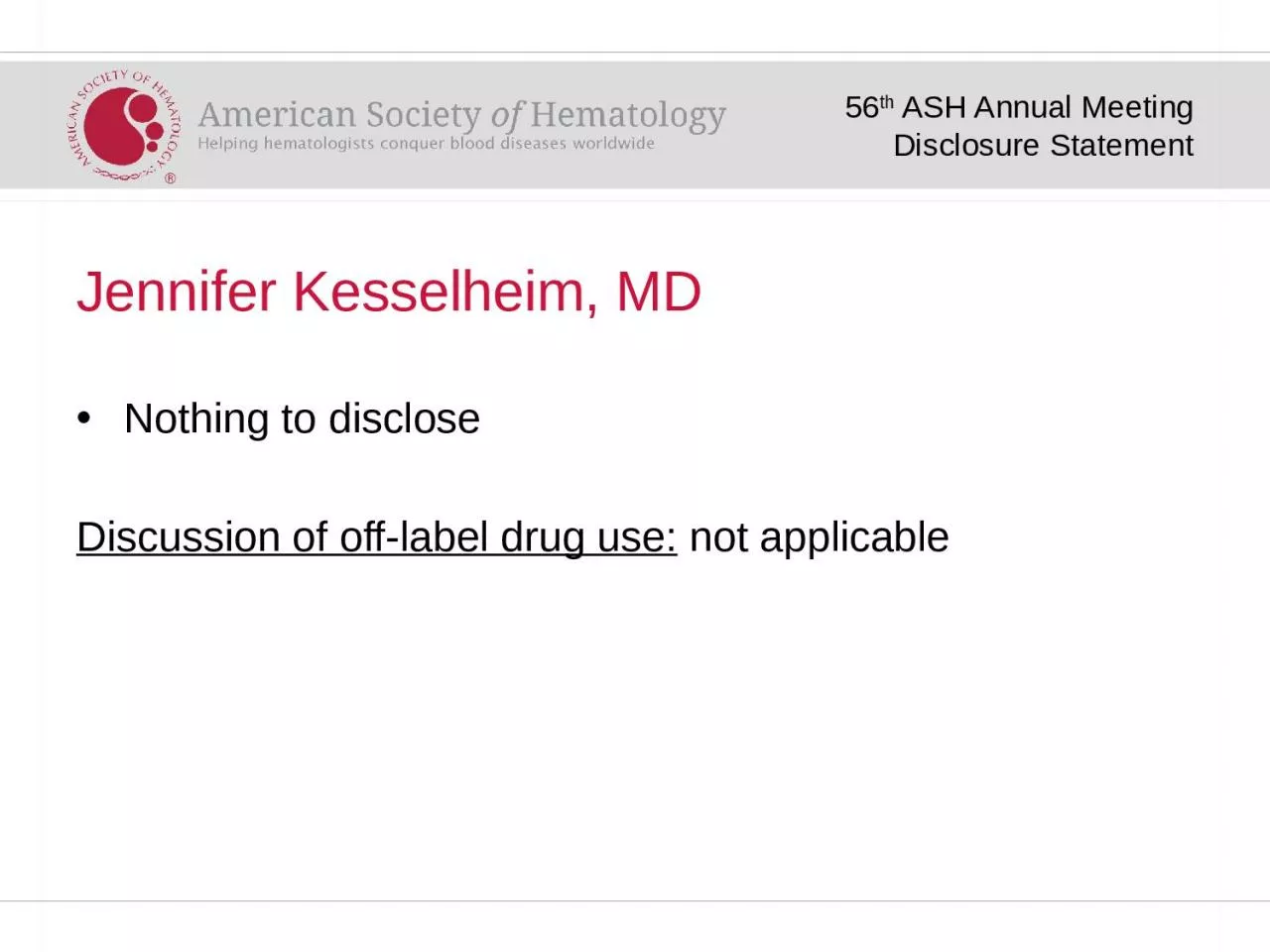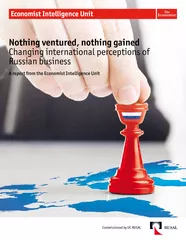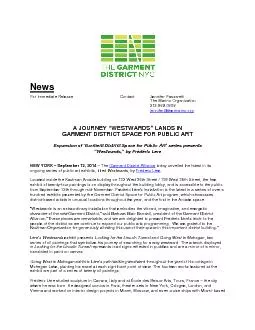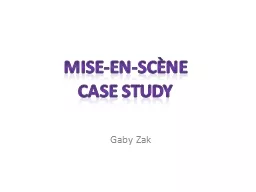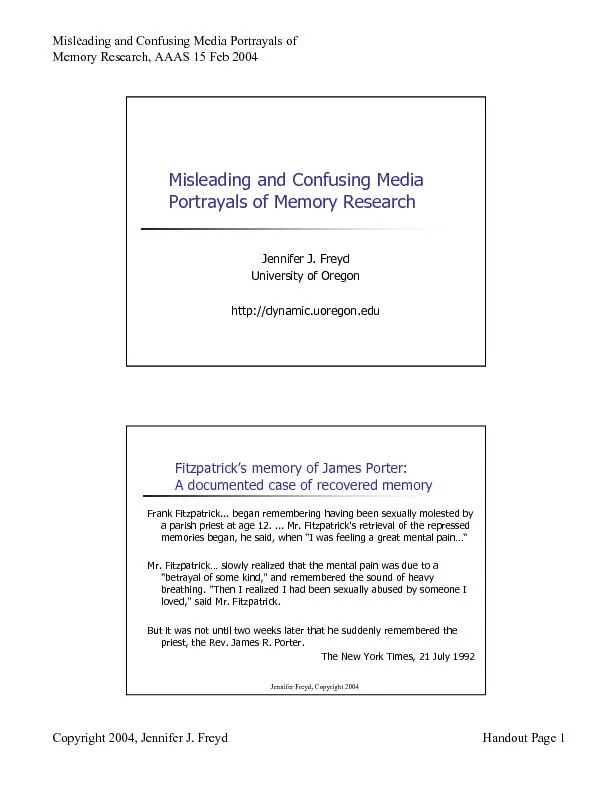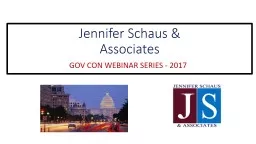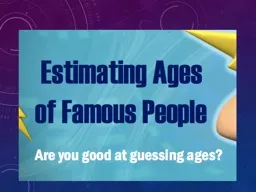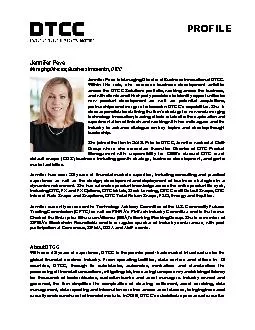PPT-Jennifer Kesselheim, MD Nothing to
Author : KingOfTheWorld | Published Date : 2022-07-28
disclose Discussion of offlabel drug use not applicable 56 th ASH Annual Meeting Disclosure Statement Milestonebased Assessment The Pediatric HematologyOncology
Presentation Embed Code
Download Presentation
Download Presentation The PPT/PDF document "Jennifer Kesselheim, MD Nothing to" is the property of its rightful owner. Permission is granted to download and print the materials on this website for personal, non-commercial use only, and to display it on your personal computer provided you do not modify the materials and that you retain all copyright notices contained in the materials. By downloading content from our website, you accept the terms of this agreement.
Jennifer Kesselheim, MD Nothing to: Transcript
Download Rules Of Document
"Jennifer Kesselheim, MD Nothing to"The content belongs to its owner. You may download and print it for personal use, without modification, and keep all copyright notices. By downloading, you agree to these terms.
Related Documents

